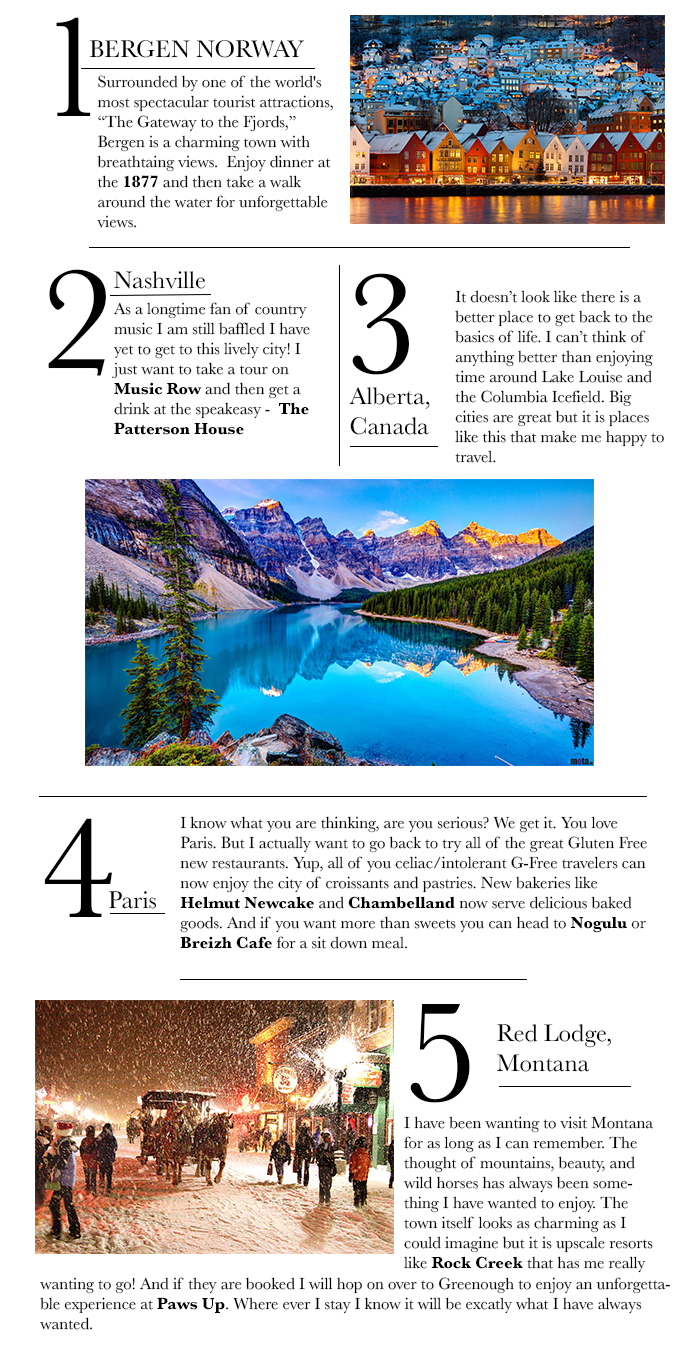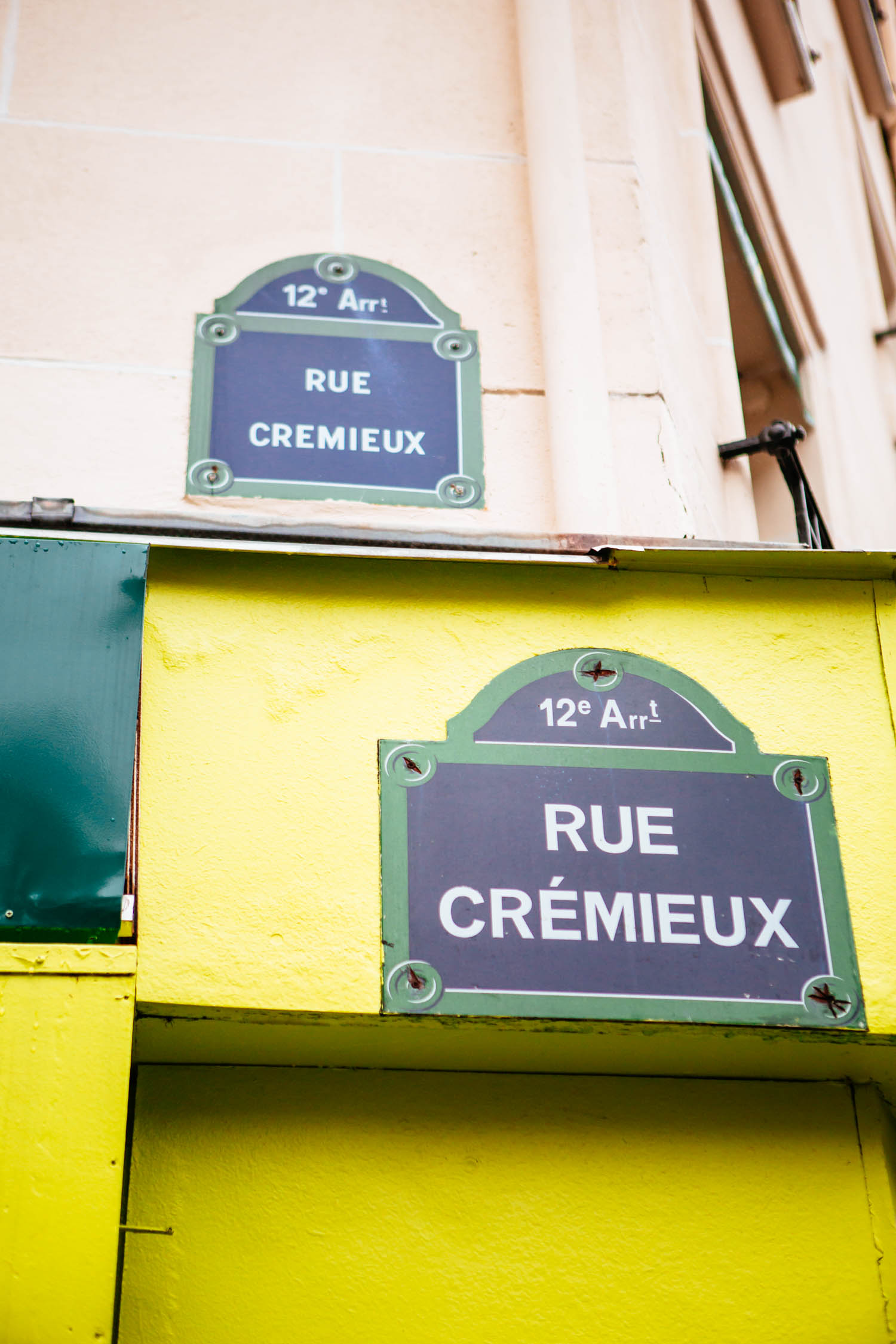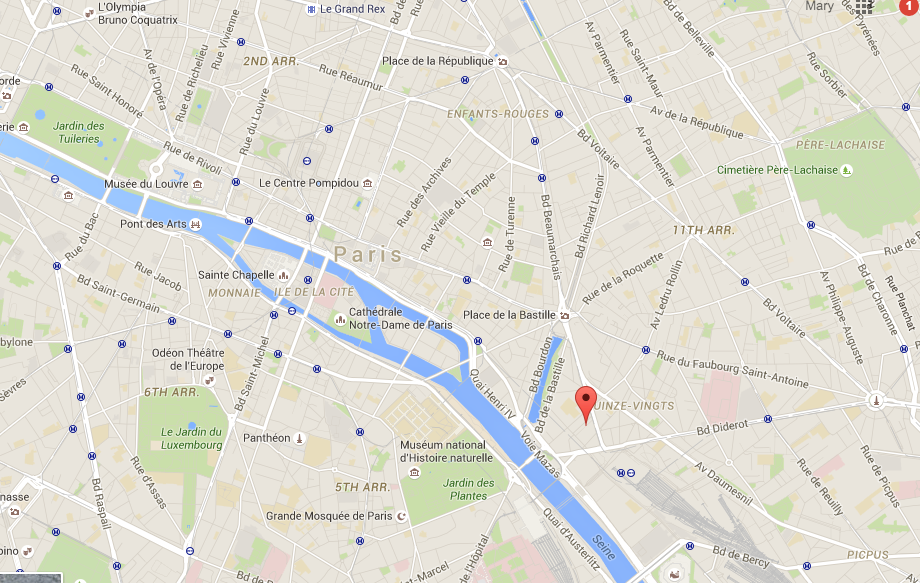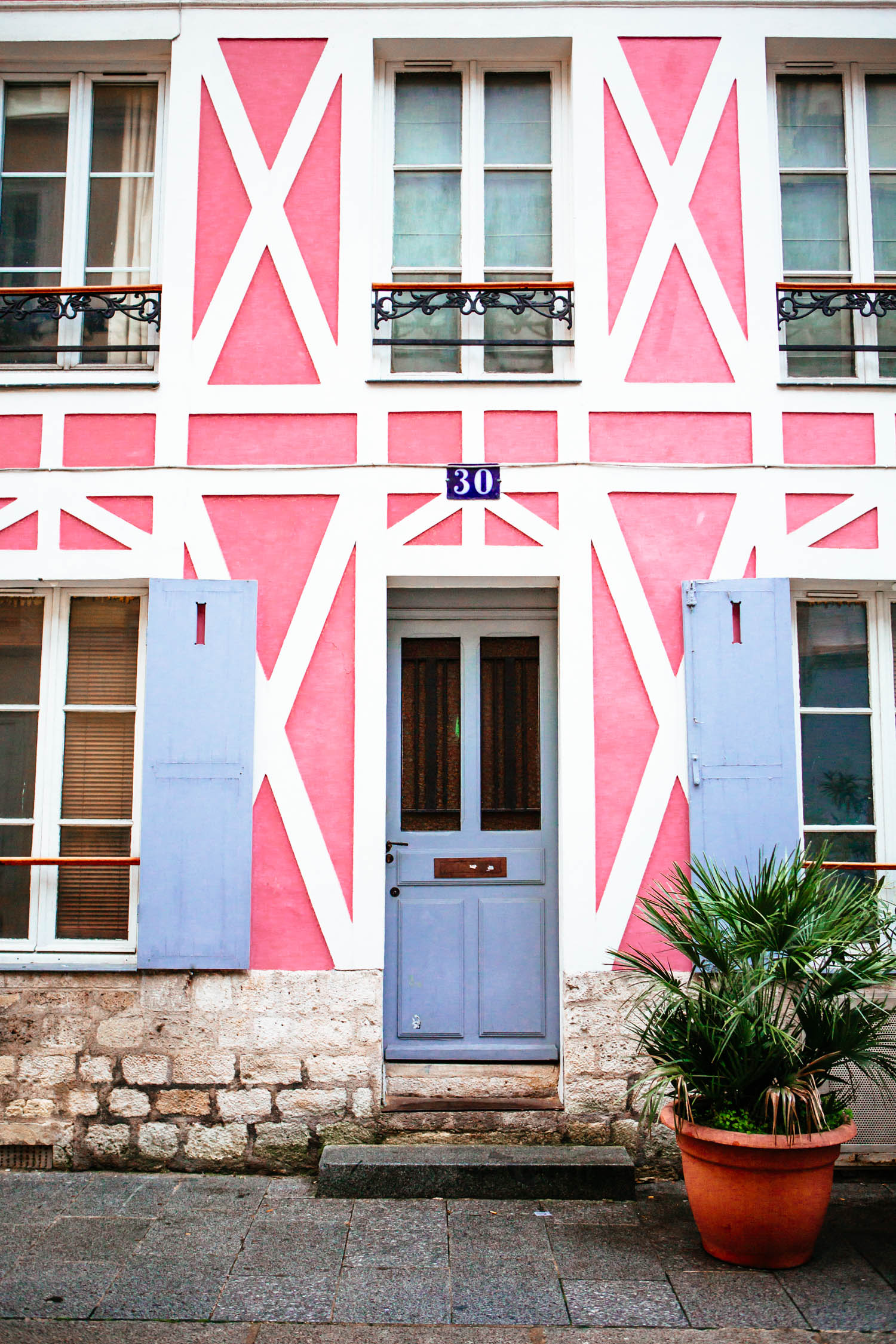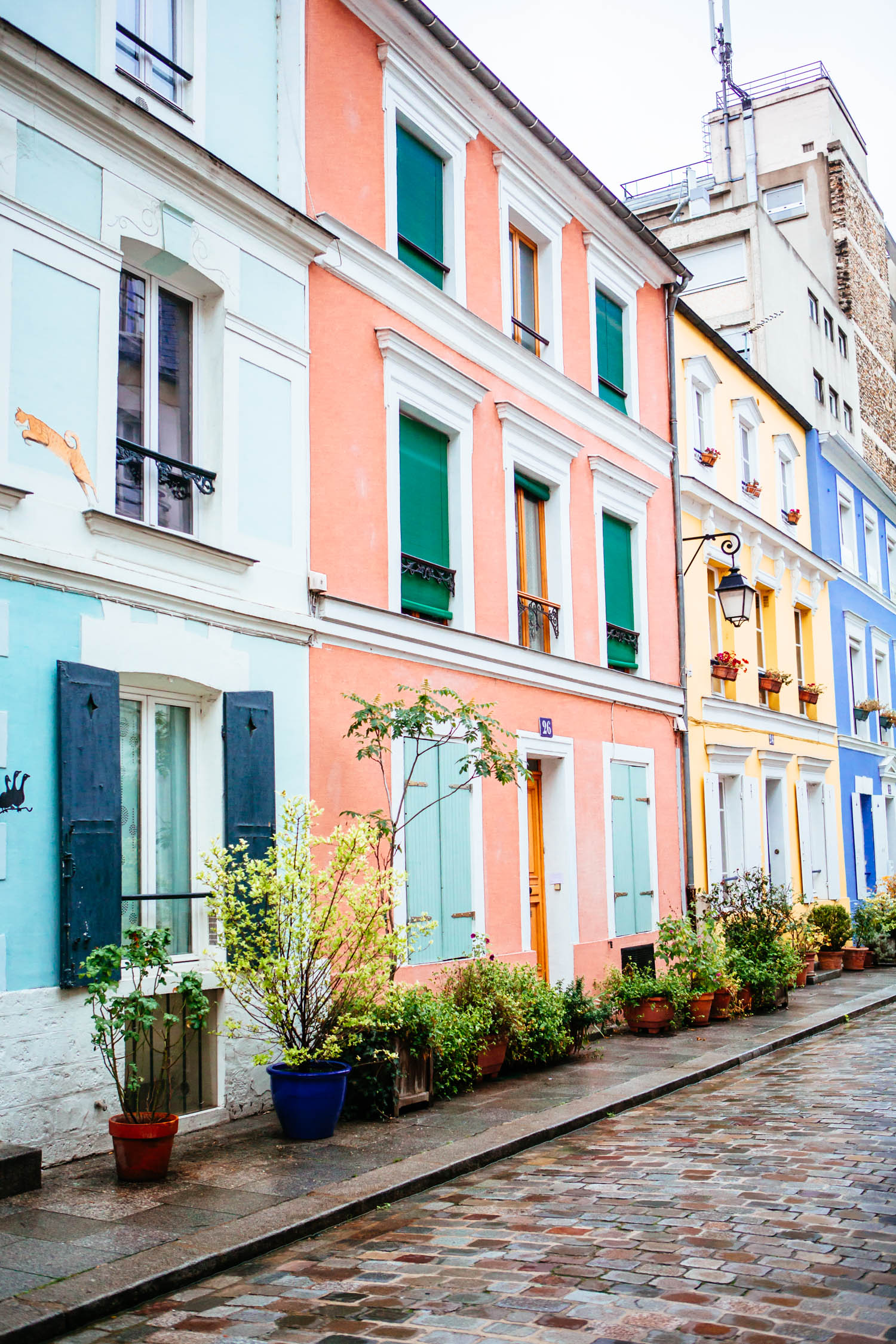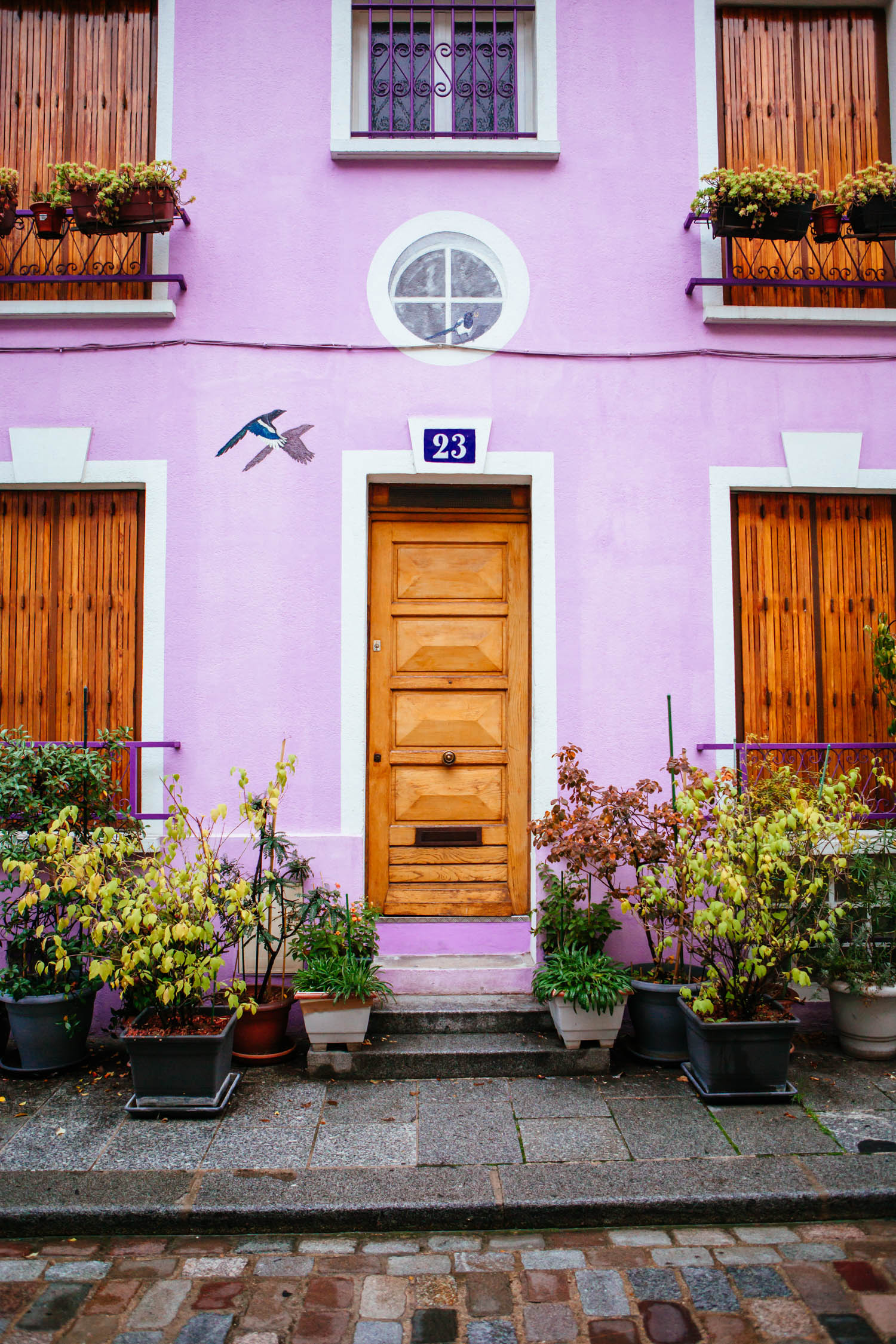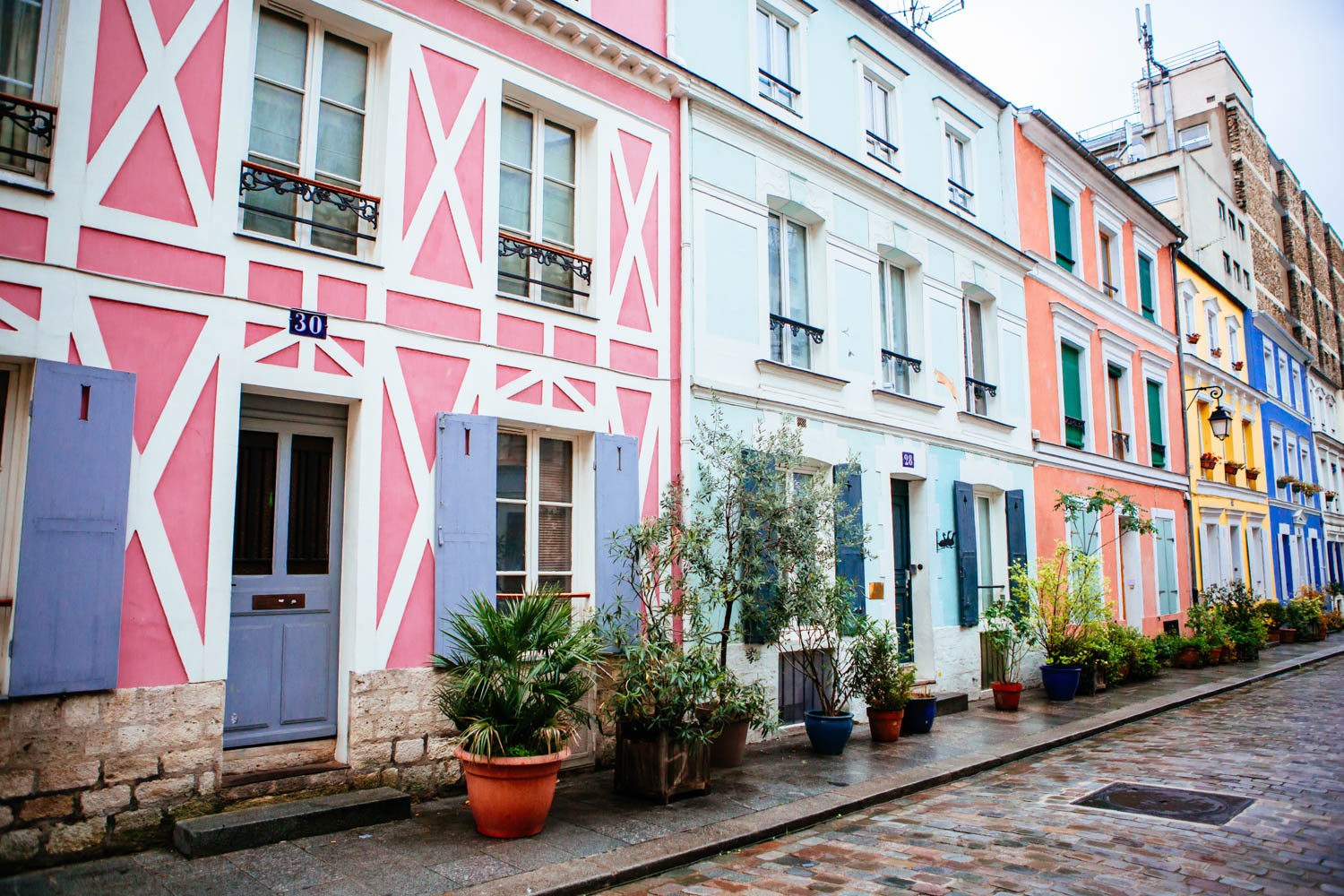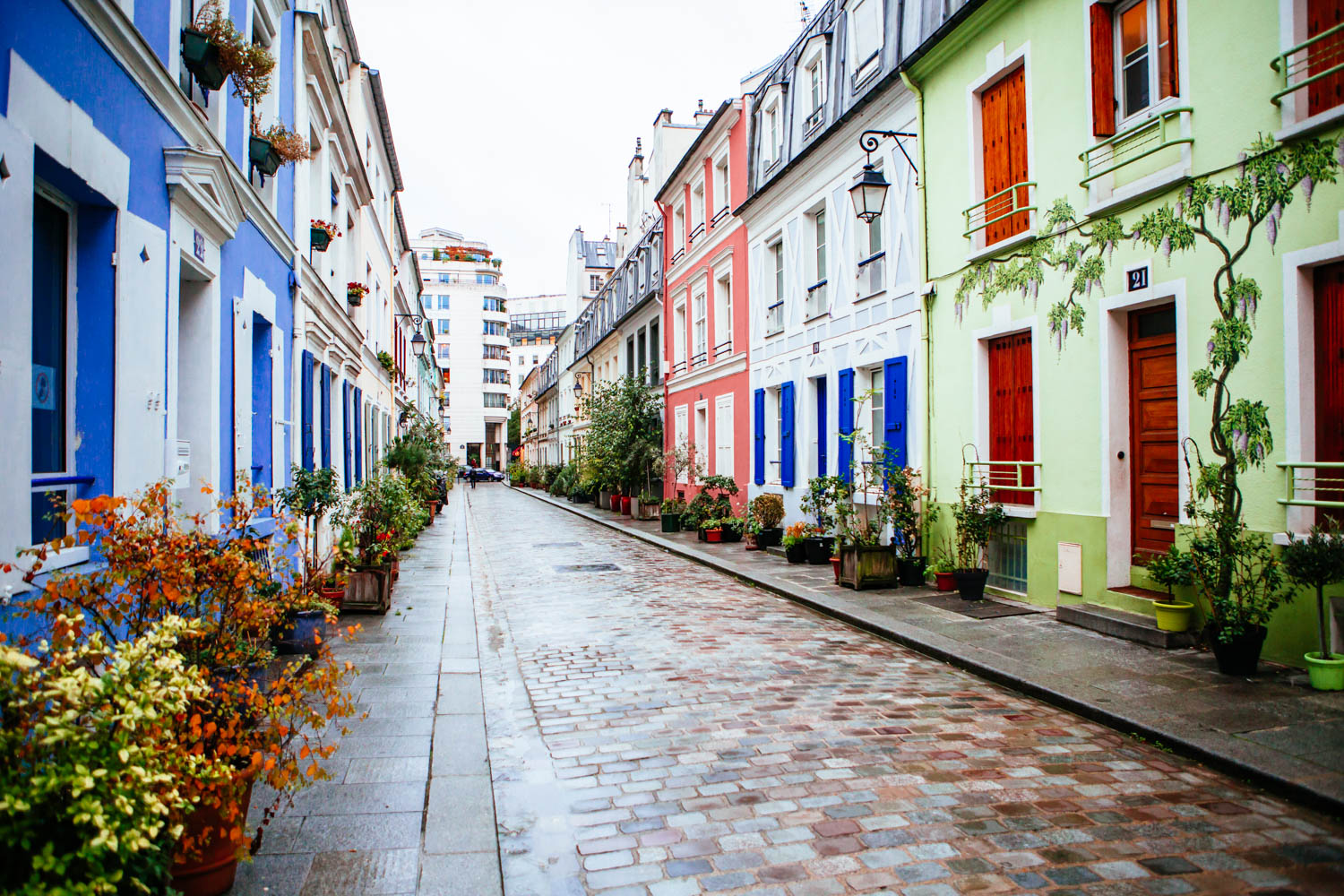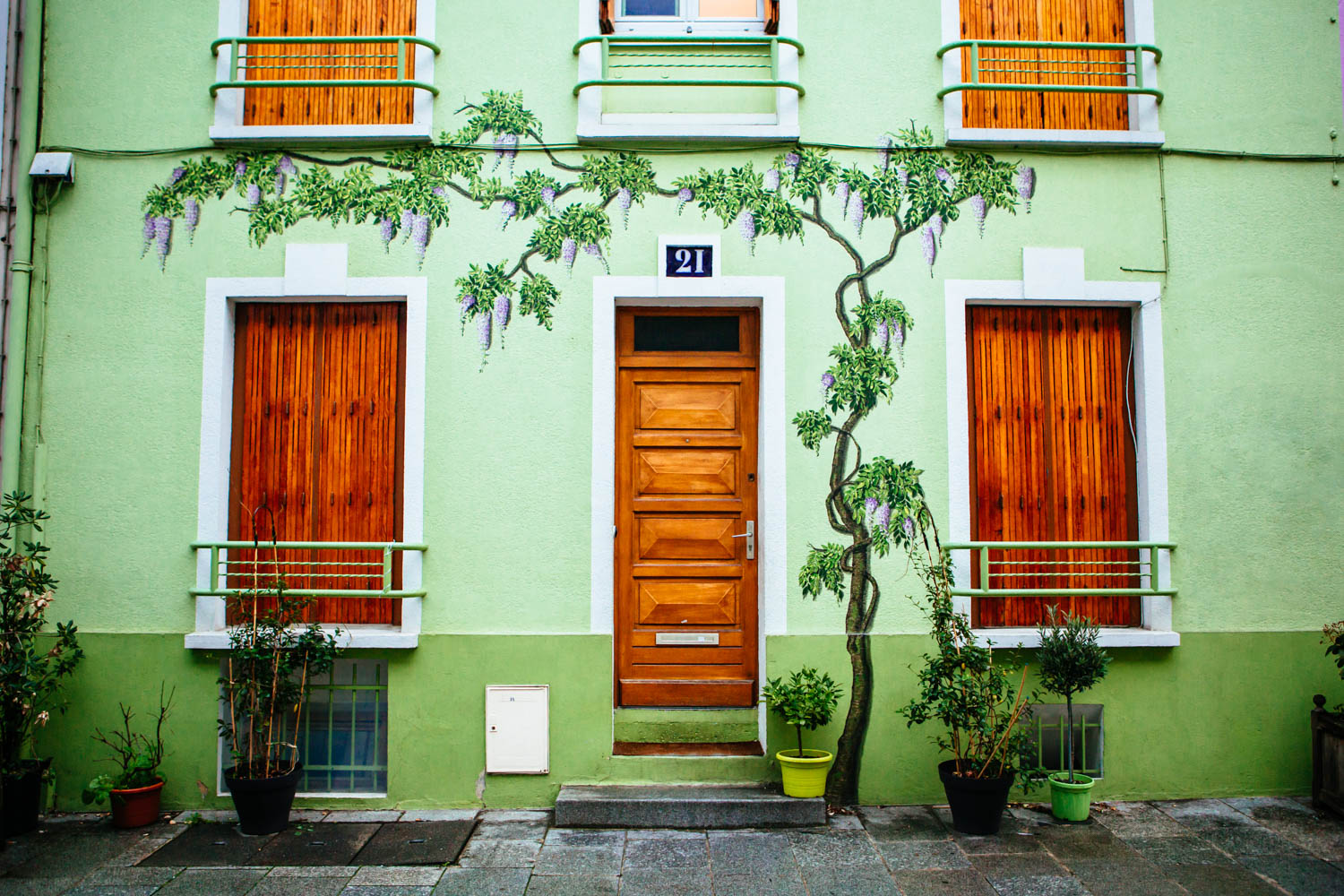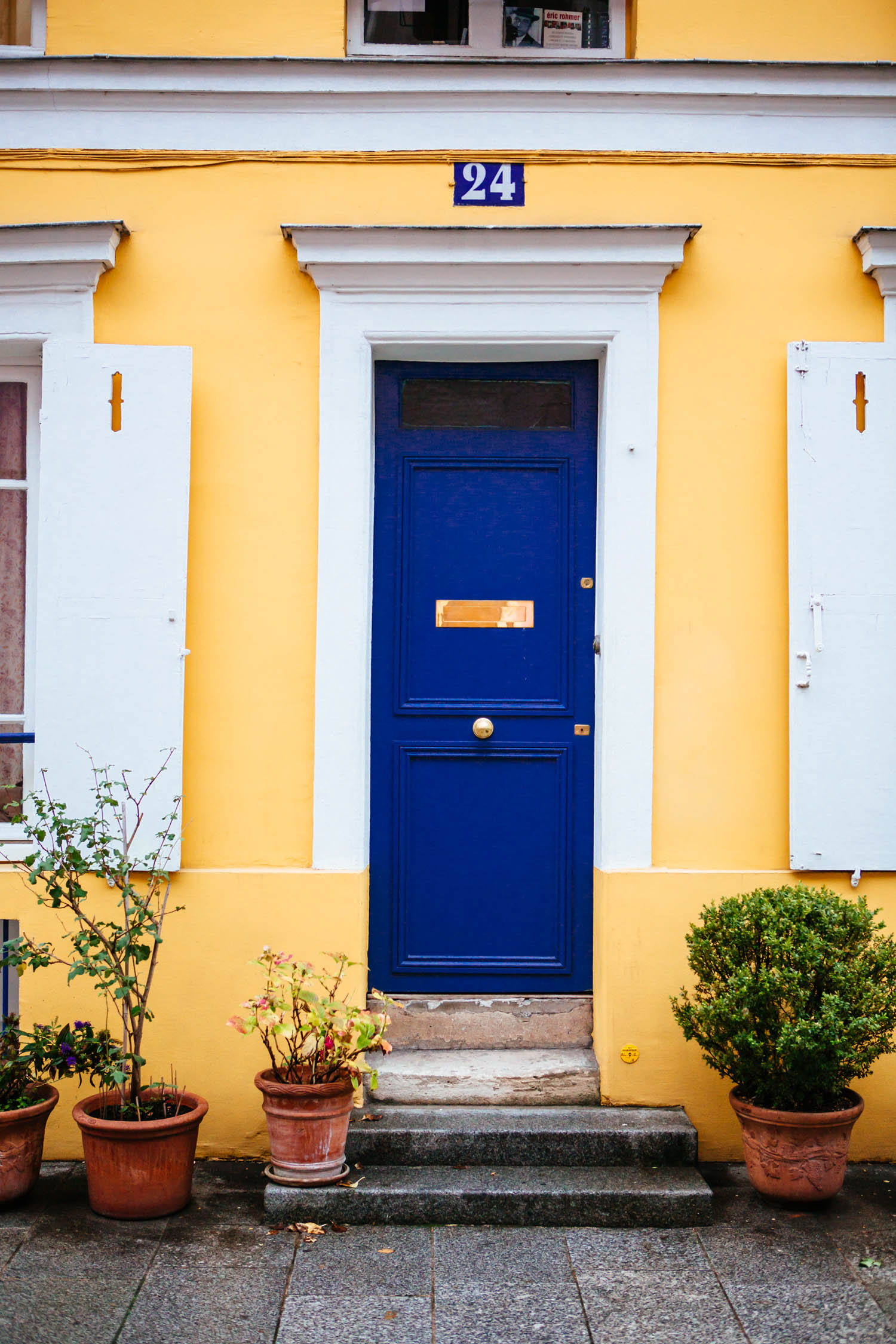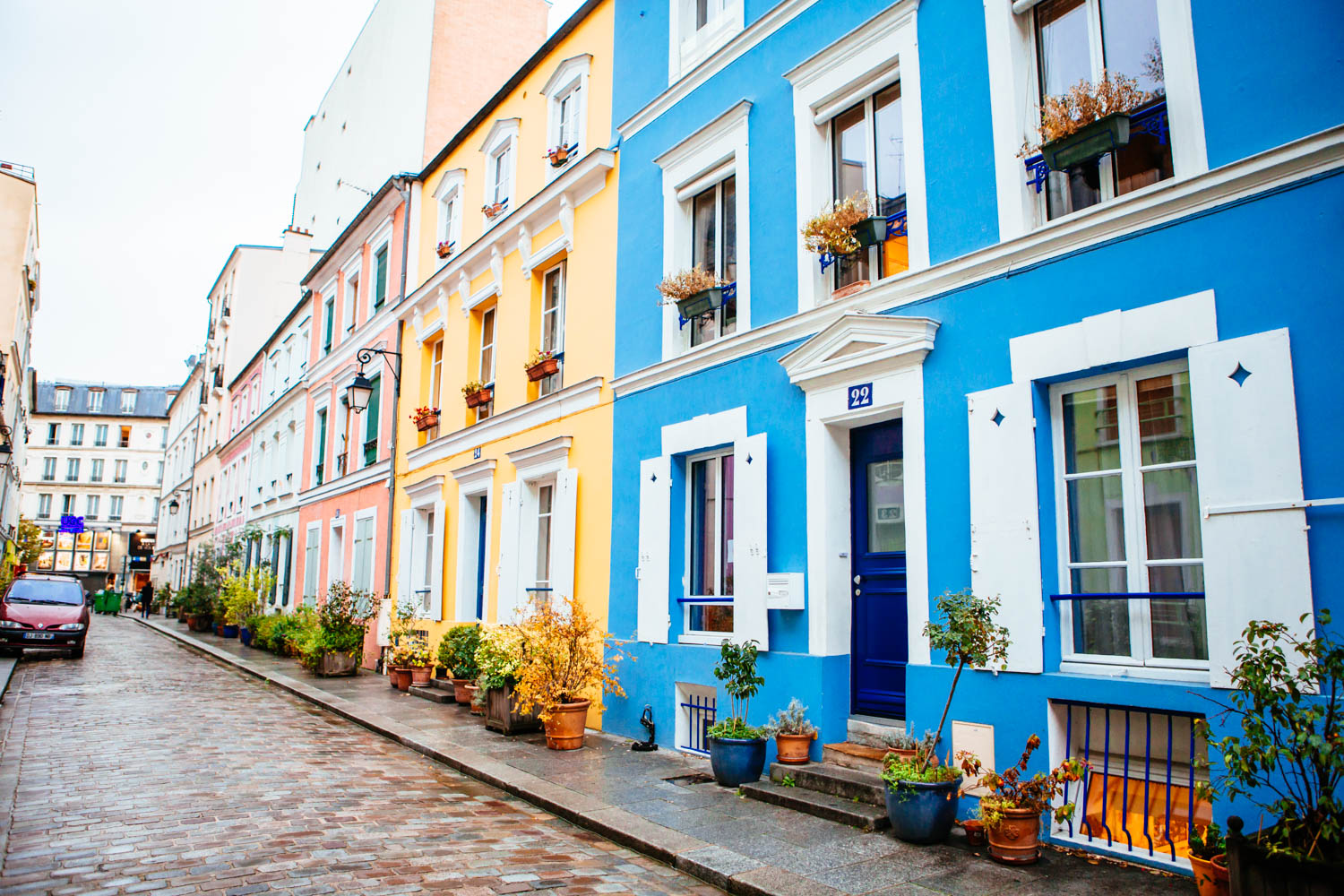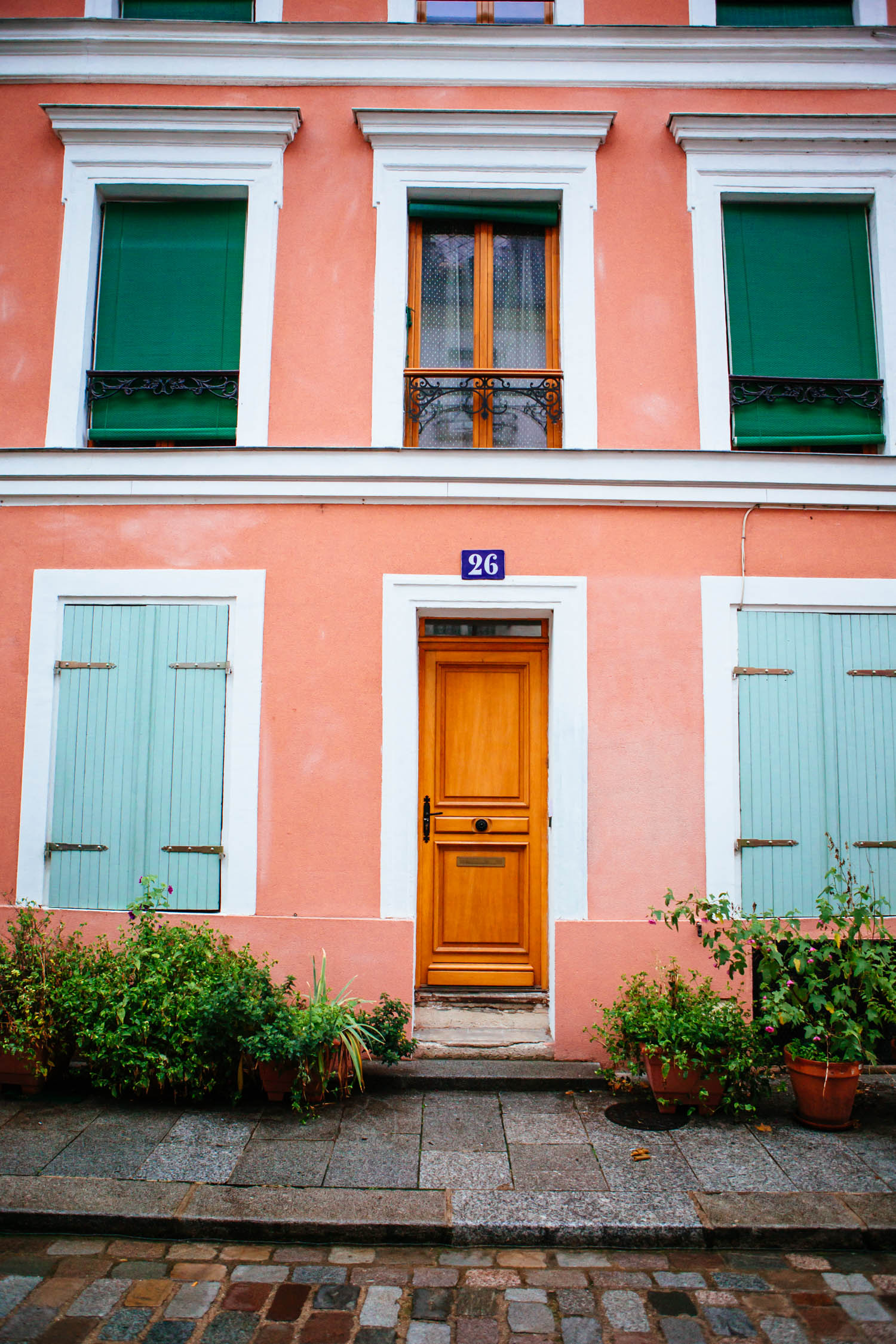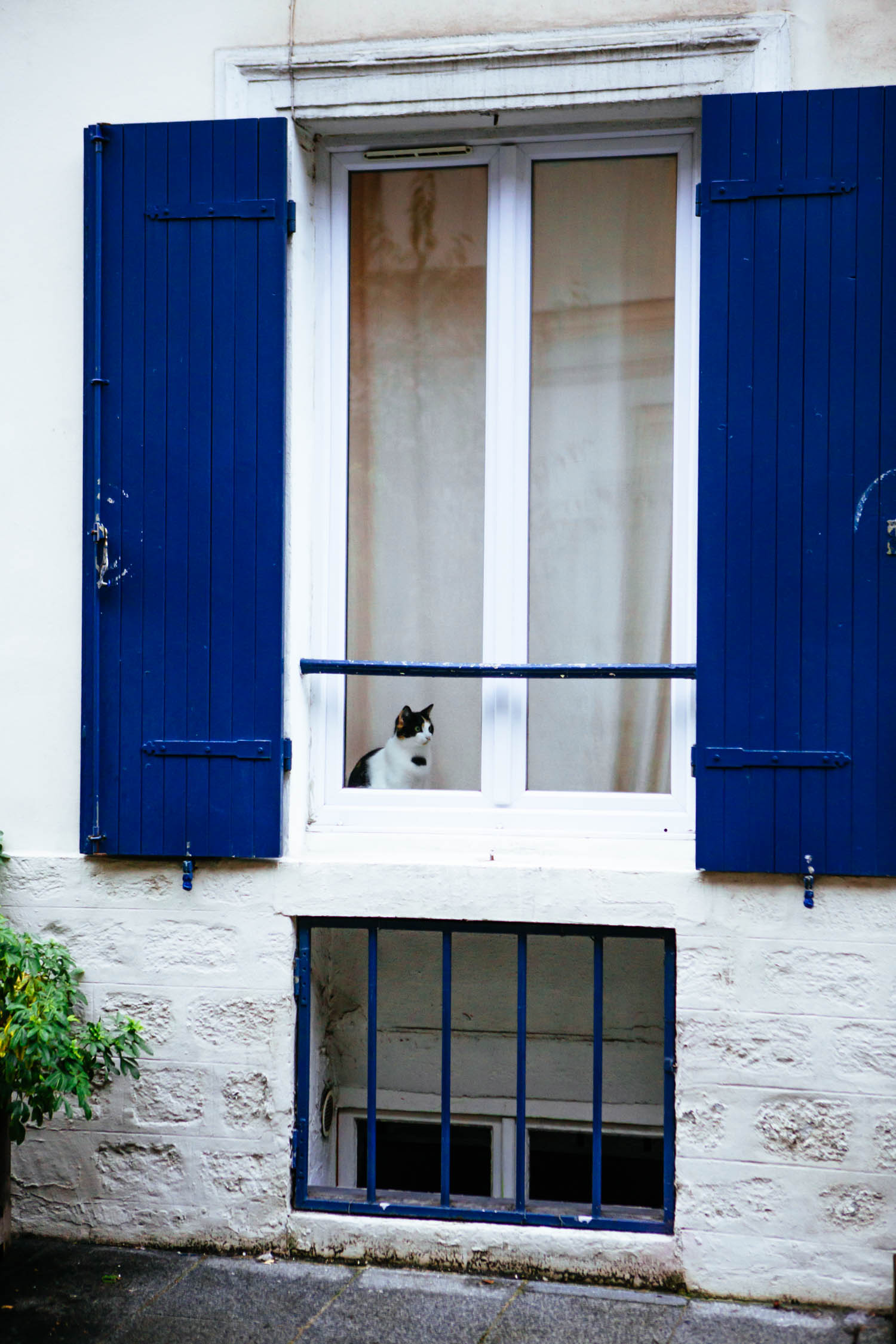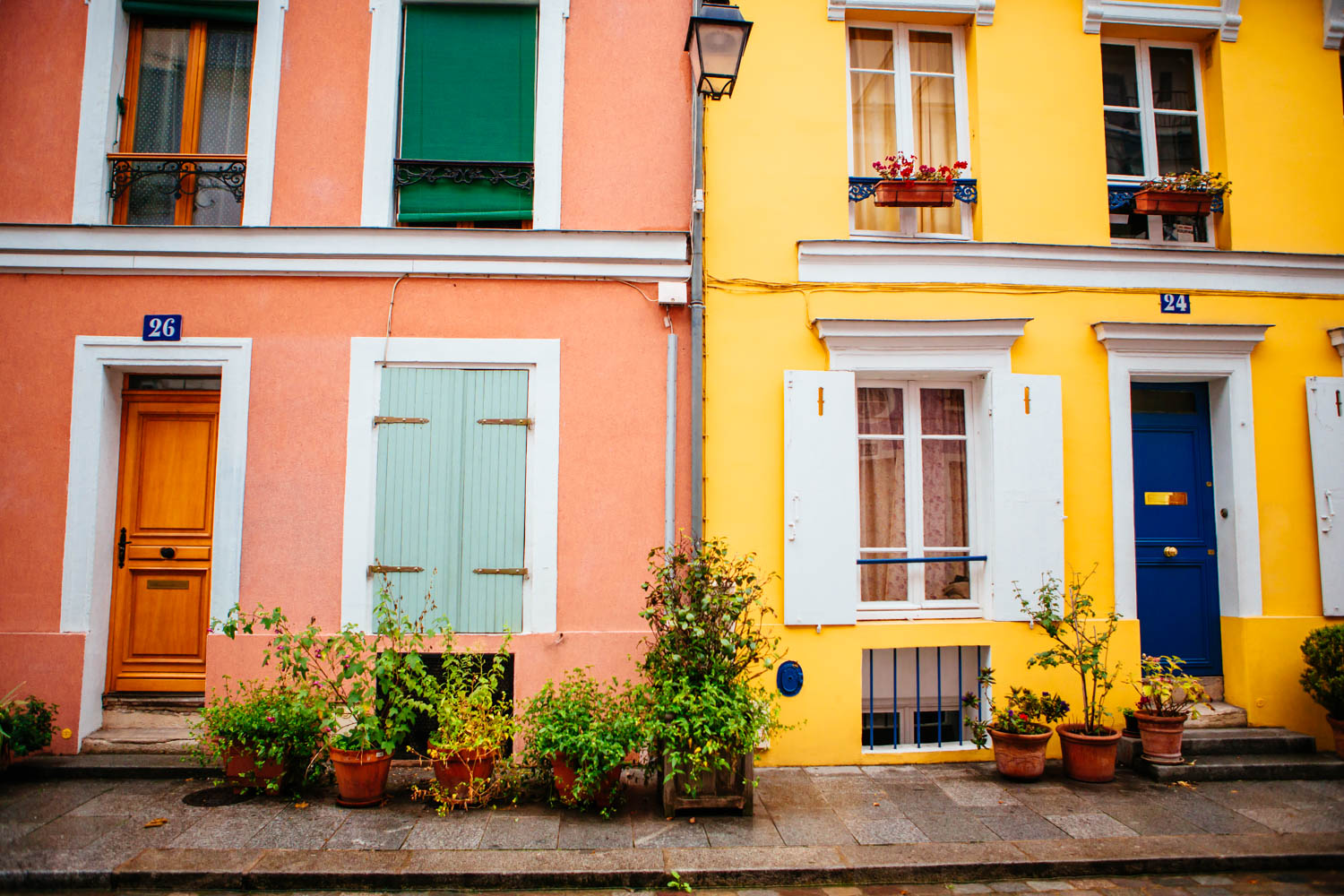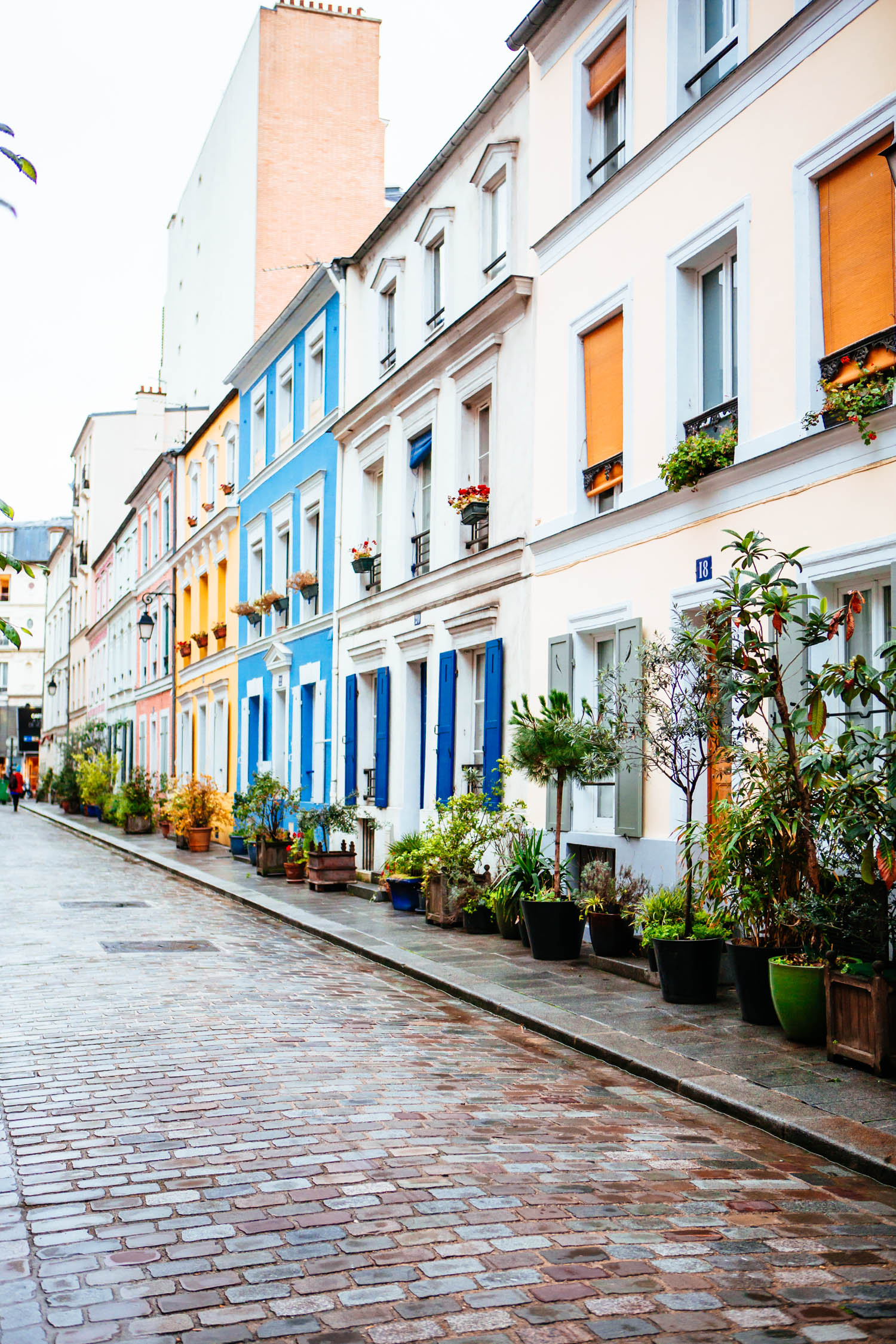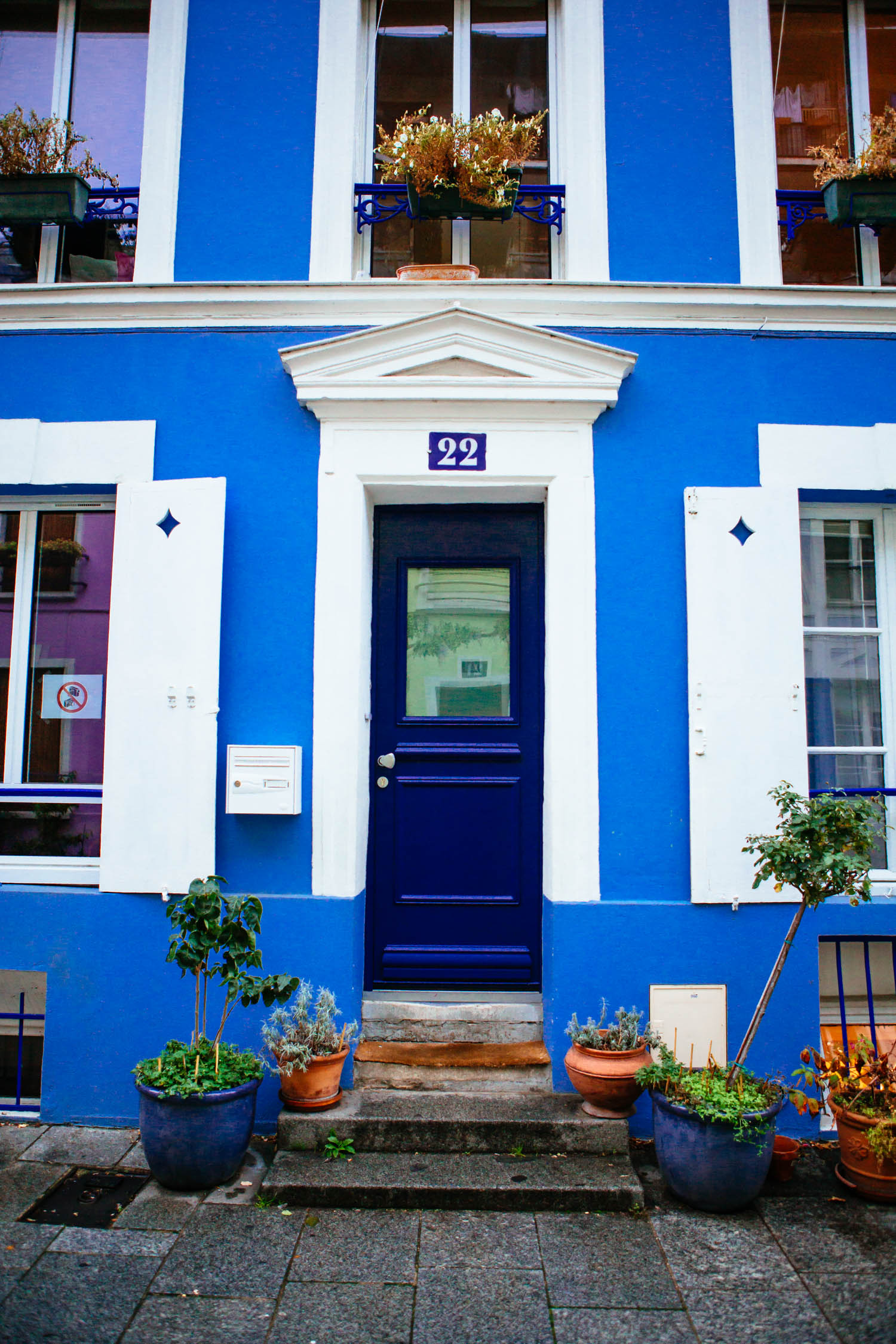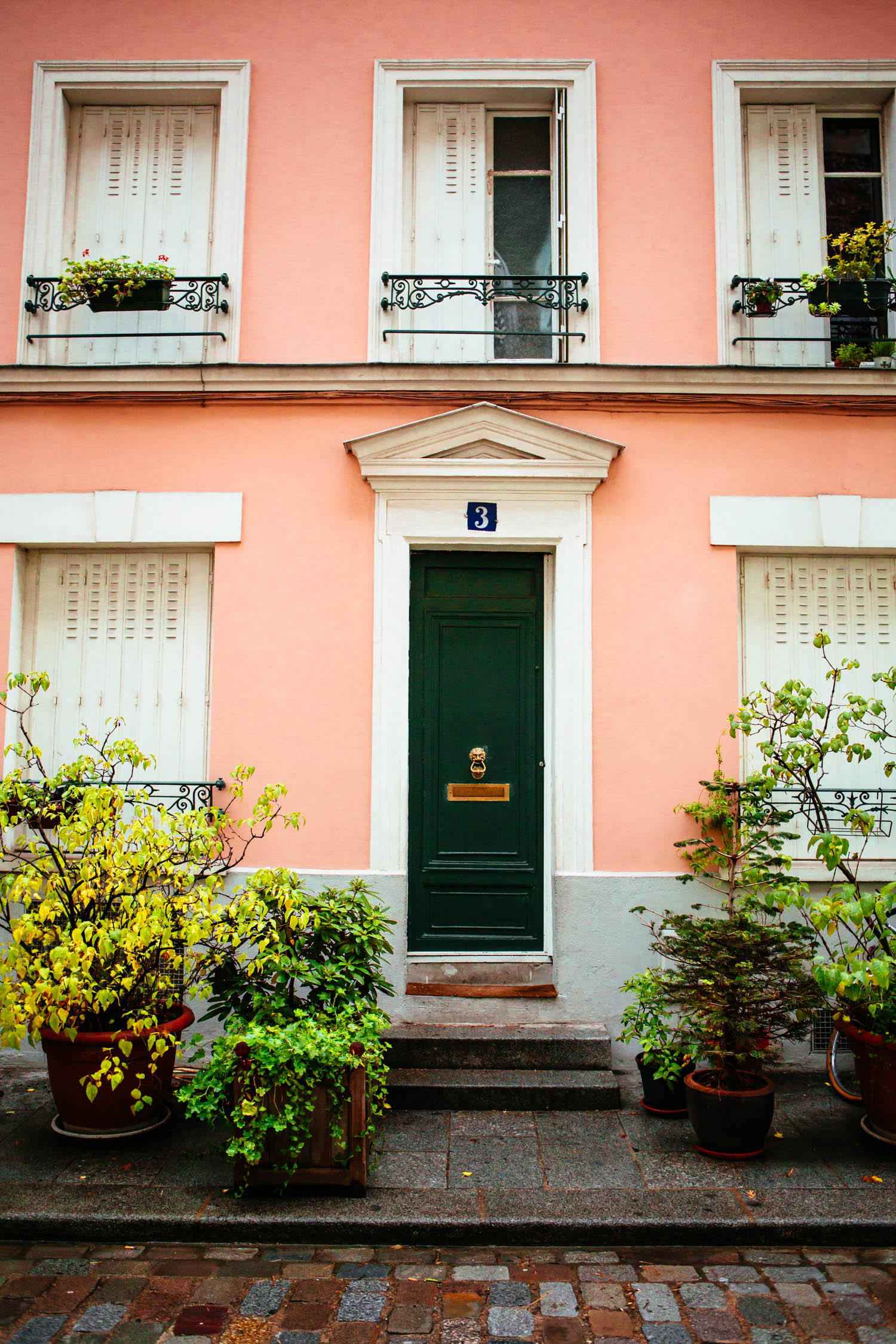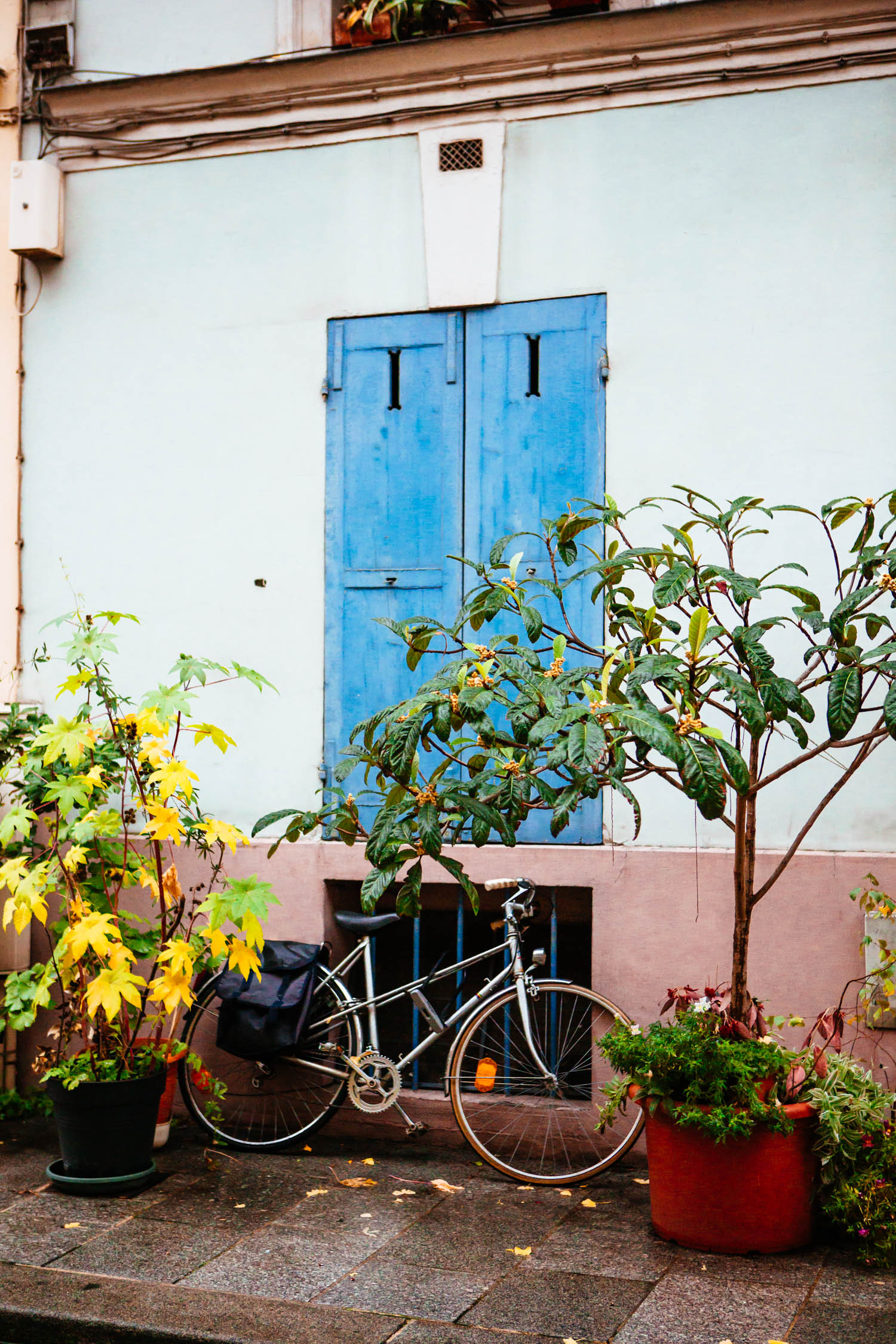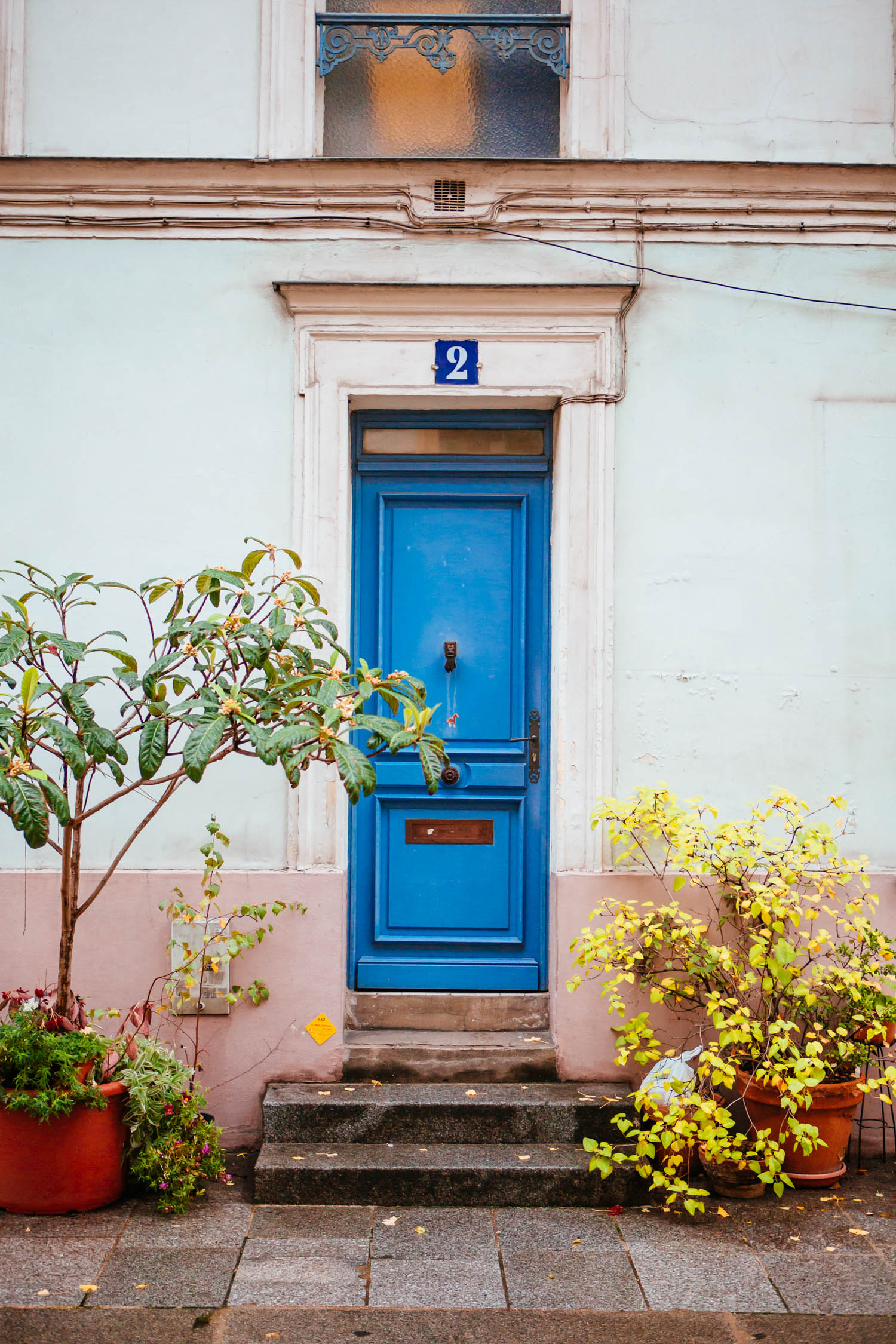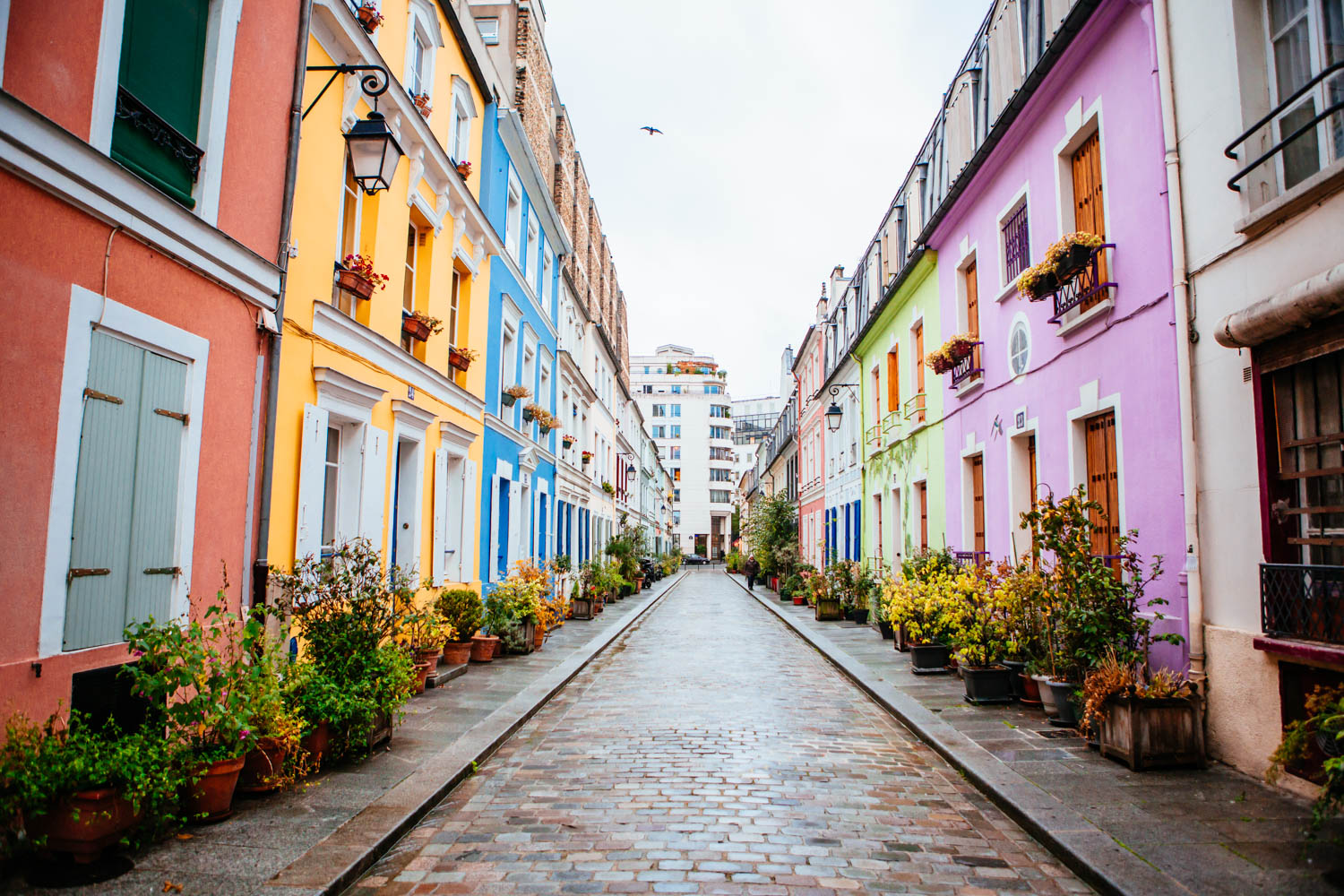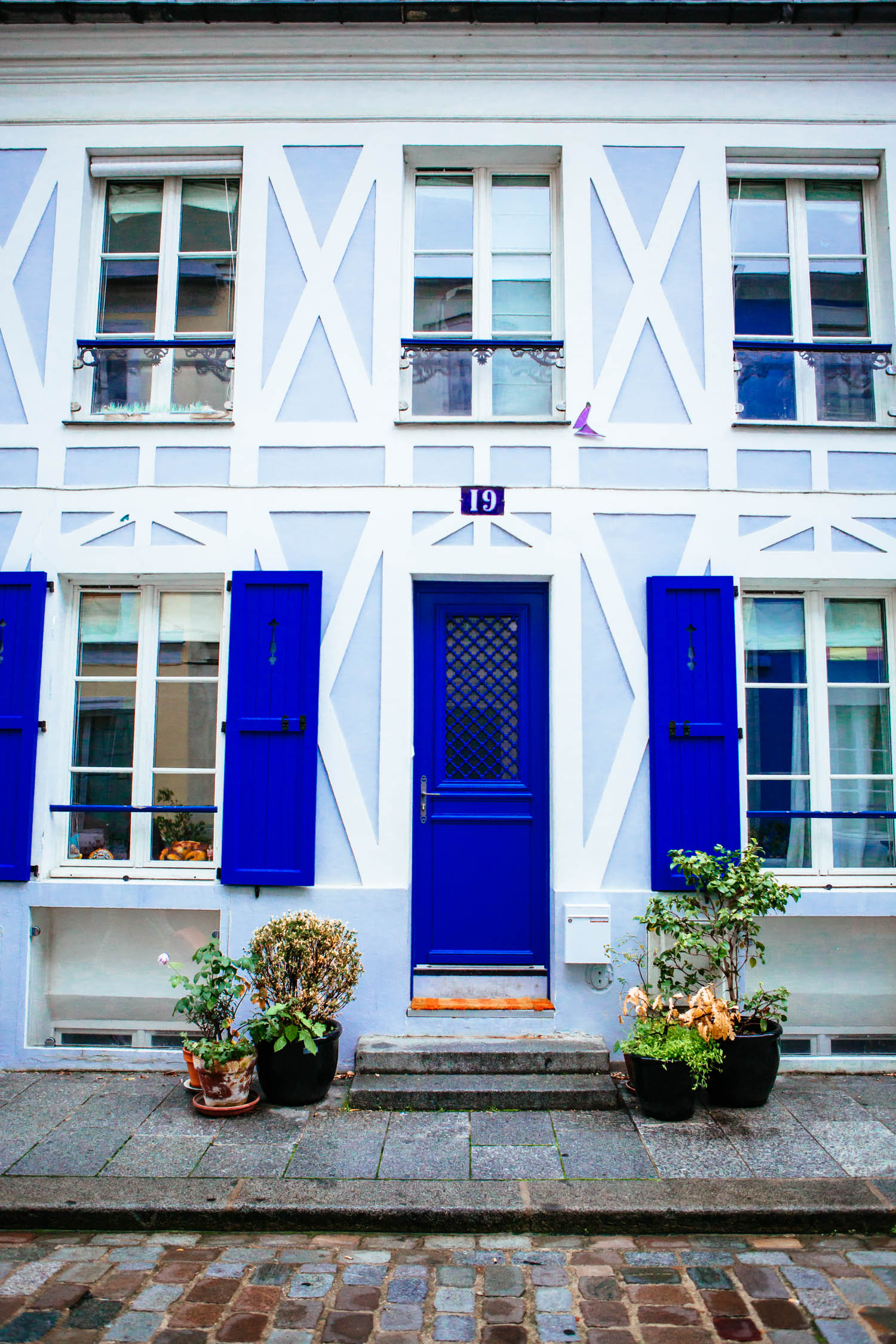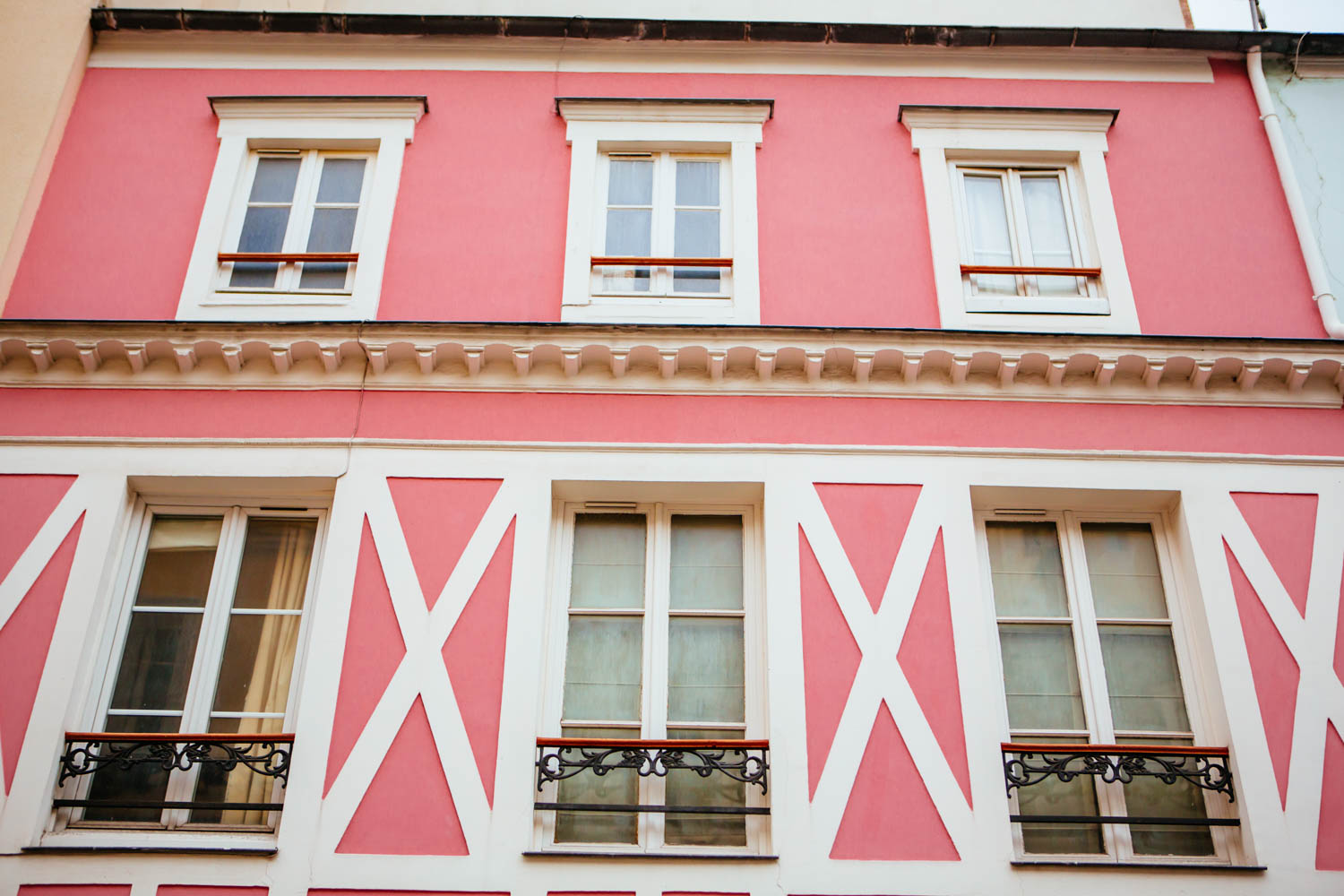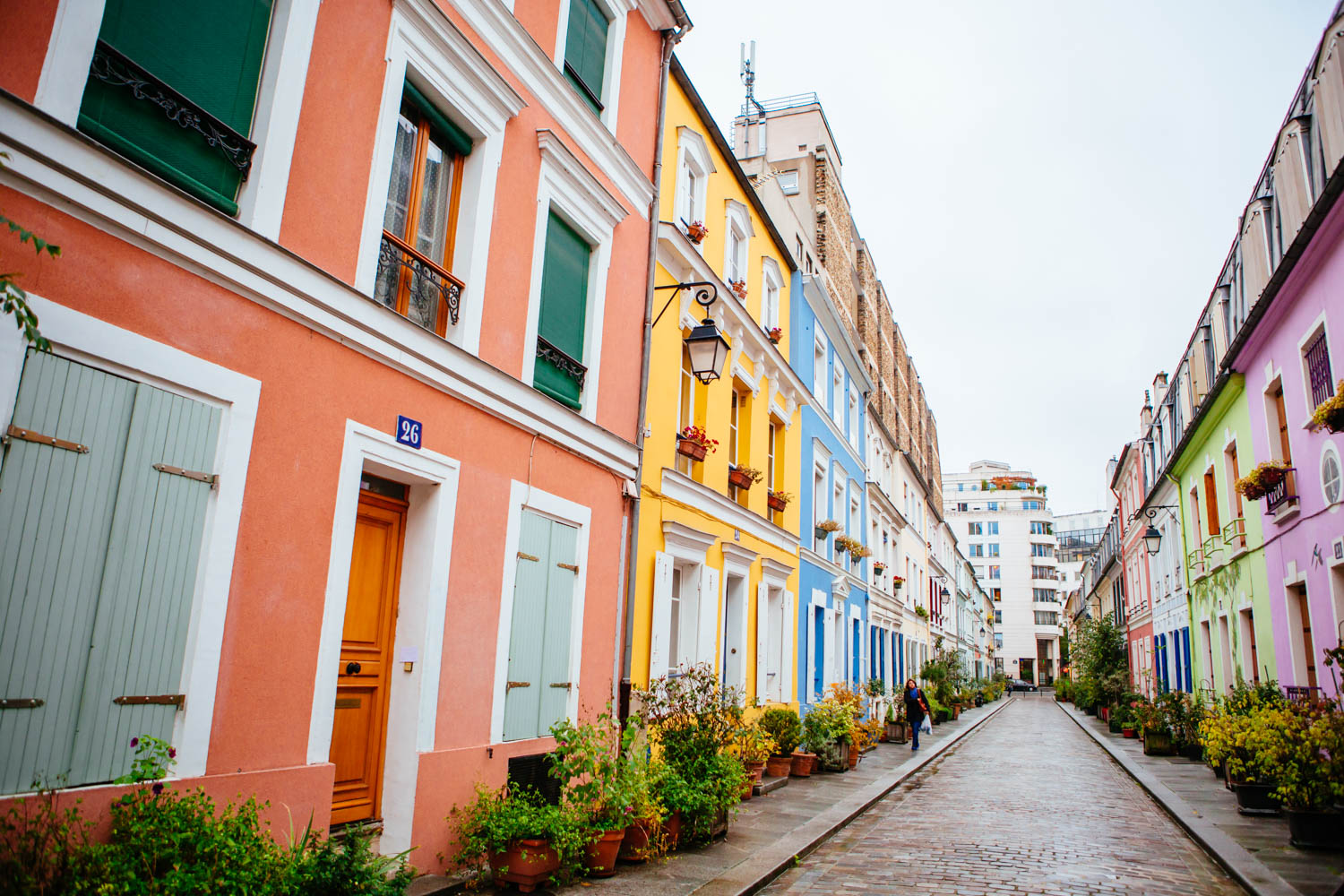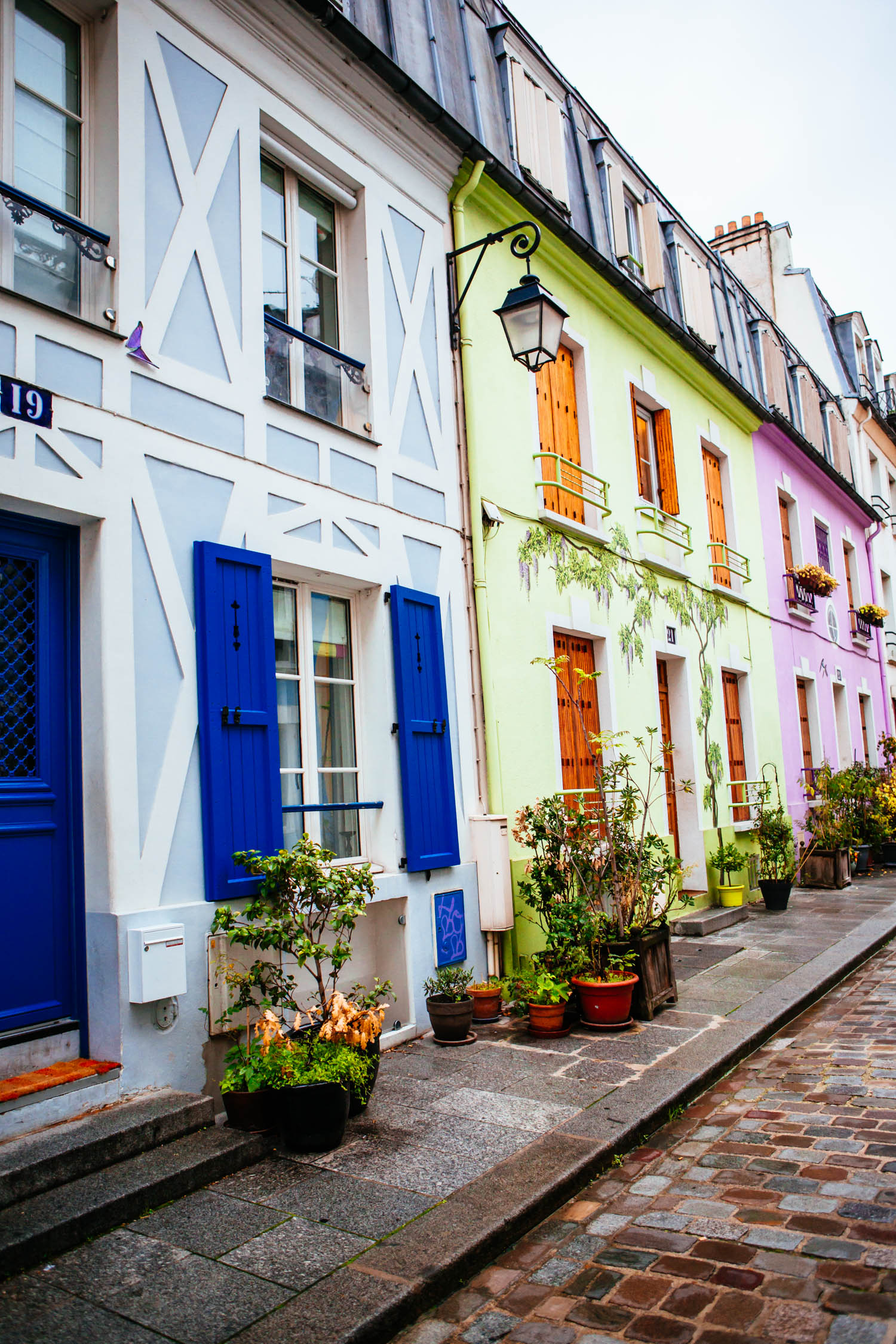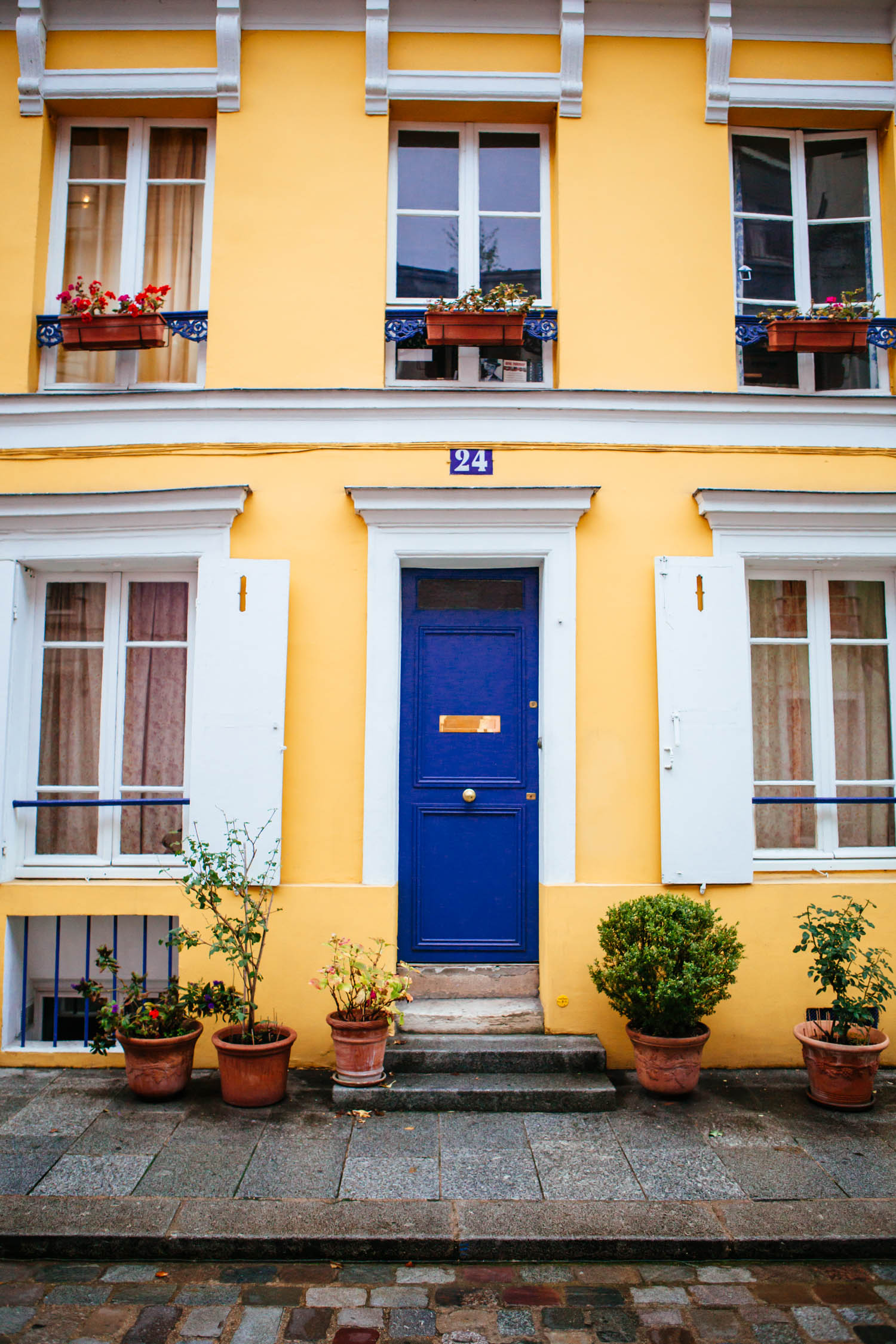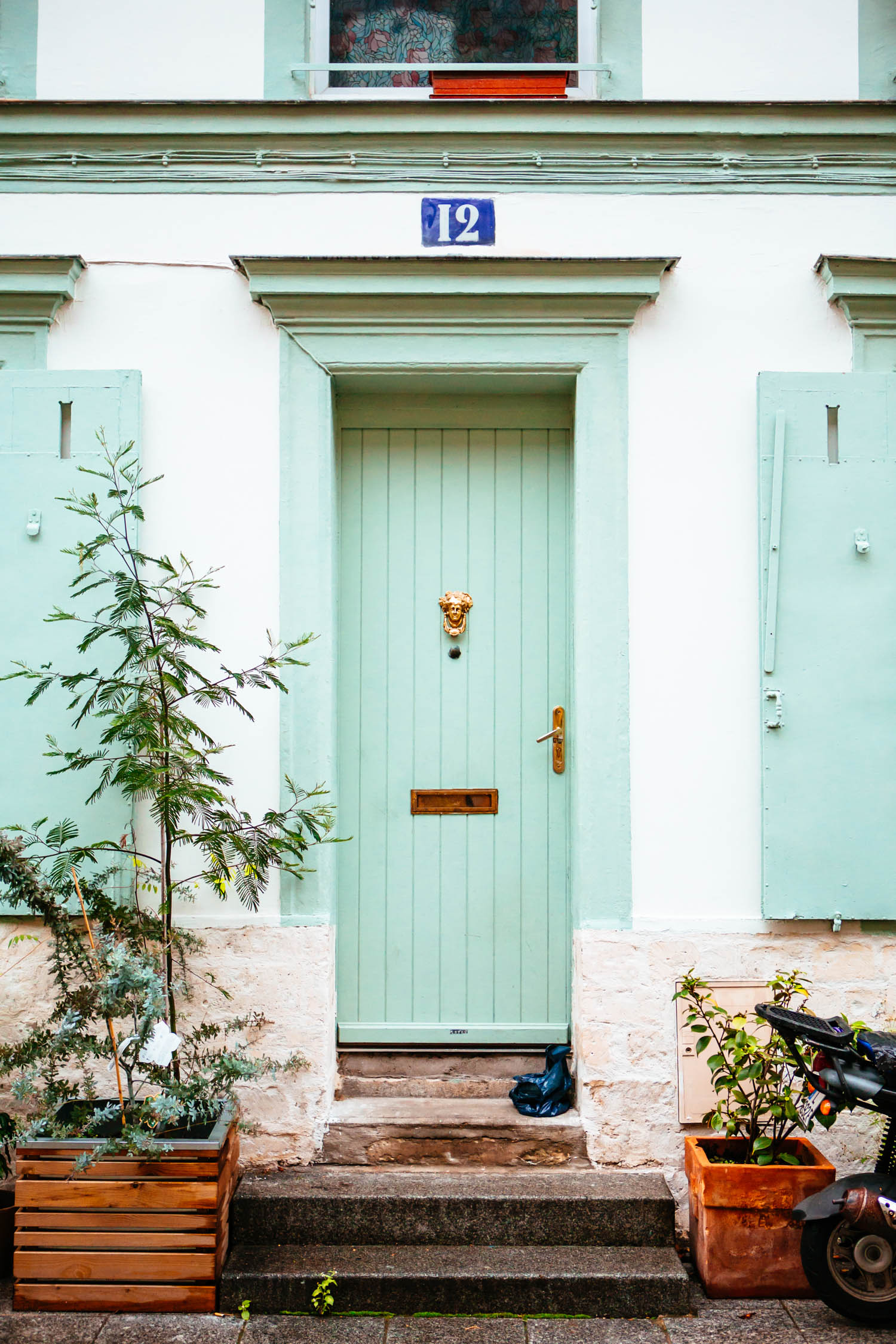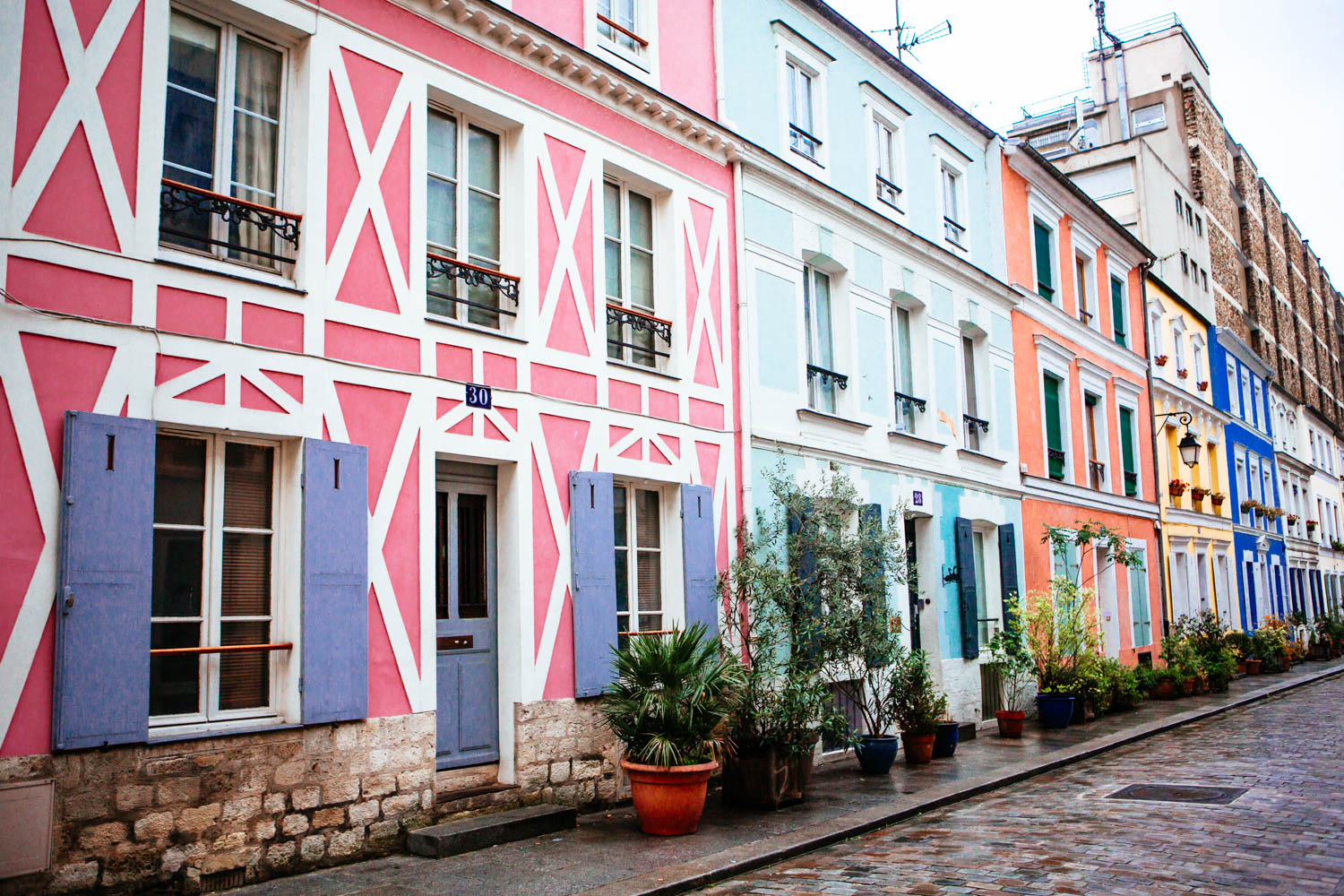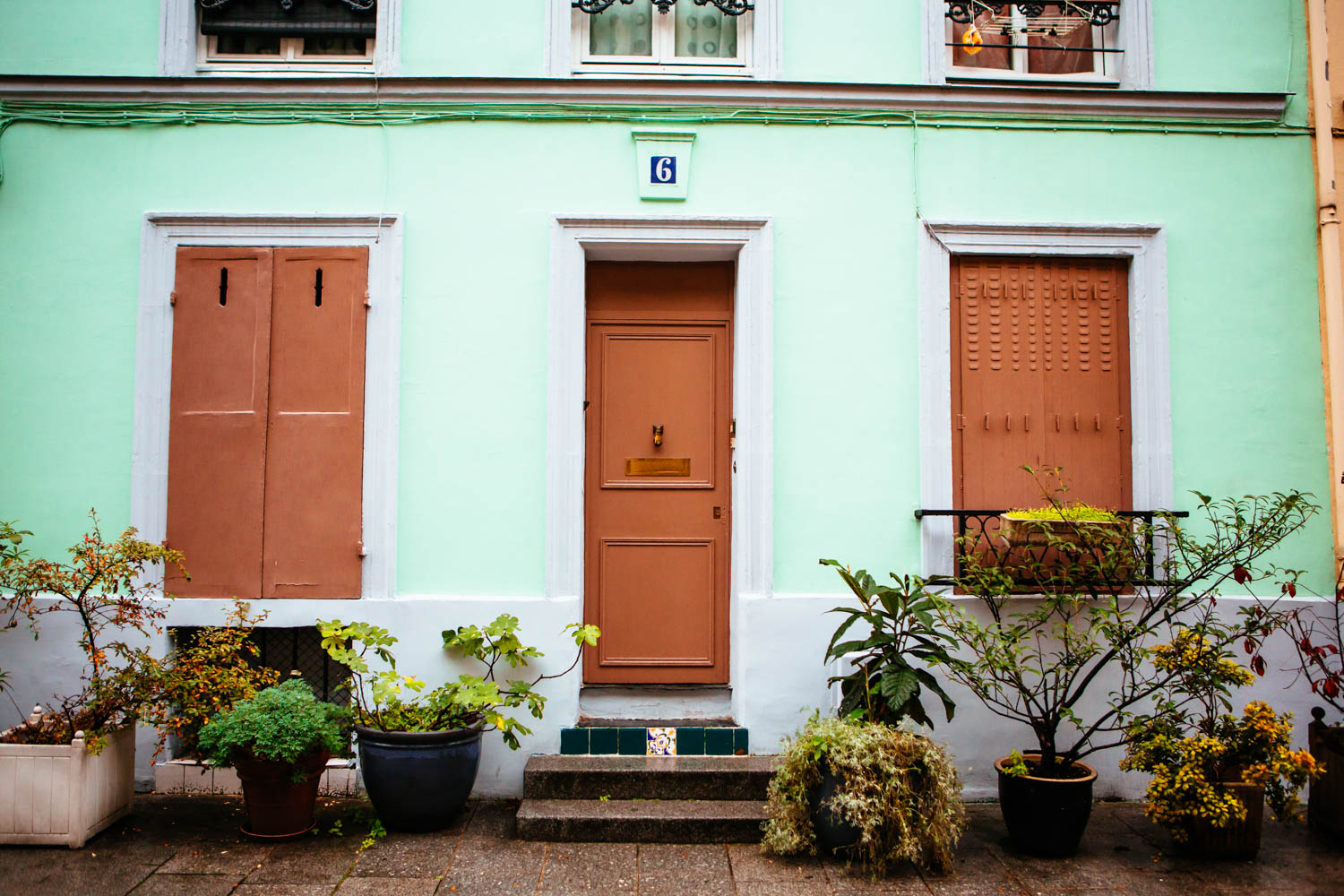 Havana, Cuba, has been a place I have wanted to visit since I was in junior high. When my dad first spoke about the city, he referenced the color, old cars, and live music – I was dying to go. I couldn’t wait to see a city frozen in time. I had talked to Brice about my desire to see the city and he too shared the same eagerness. When negotiations between America and Cuba recently opened, we decided it was now or never. We wanted to see it before it became “westernized.” Before the tourists, Hiltons and McDonalds moved in and all the character, old cars, and energy disappeared.
Havana, Cuba, has been a place I have wanted to visit since I was in junior high. When my dad first spoke about the city, he referenced the color, old cars, and live music – I was dying to go. I couldn’t wait to see a city frozen in time. I had talked to Brice about my desire to see the city and he too shared the same eagerness. When negotiations between America and Cuba recently opened, we decided it was now or never. We wanted to see it before it became “westernized.” Before the tourists, Hiltons and McDonalds moved in and all the character, old cars, and energy disappeared.
Although airlines are starting to prepare flight plans to include direct flights to Cuba, right now you still need to go through a charter company. Because these can be quite expensive, and we wanted full control over our trip, we decided to do it a little on the danger side – flying through Mexico. While it is frowned upon by the U.S. government, it is done hundreds, if not thousands, of times a year by Americans. We flew into Mexico City via American Airlines (you can also fly into Cancun) and then flew Interjet to Cuba. Read my tips below on how to obtain your Cuban tourist visa, avoid any troubles with customs, and to fully enjoy your time in Cuba.
- If you travel to Cuba via Mexico, you will need to buy a Cuban Tourist Visa at the check-in counter of the airline company. This will cost you $15 per person or 250 Mexican pesos. Make sure to allow 2 hours between connecting flights to allow time to pass Mexican Customs, purchase a tourist visa and pass through security.
- When arriving and exiting Cuba make sure the customs agent does not stamp your passport, and be prepared to show proof of health insurance from your provider. The customs agent tried to force me to buy Cuban insurance, but luckily Brice had printed our insurance certificate, which was accepted by customs.
- When departing Cuba, you will not be expected to pay a departure tax as it is included in plane ticket.
- Trip Advisor will tell you to exchange US dollars into Canadian as the Cuban government charges a 10% penalty for US dollars. Don’t do this. You will end up losing money in the exchange as the Canadian dollar is valued at a higher exchange rate.
- Tourists only deal with the Convertible Cuban Peso (CUC) where 1 CUC equals $1.03. However there is a second currency called the Cuban Peso, which is the primary currency for the Cuban people. 1 CUC equals 24 cuban pesos, therefore a 2 CUC tip is always welcomed.
- Make sure to bring enough cash to get you through your trip. ATMs are scarce and do not accept US credit cards. Exchange money upon arrival outside the airport terminal. But don’t feel obligated to exchange all your money, as there are other exchange offices in the city (i.e. Hotel Nacional). For budget purposes, my husband and I spent around $1,000.
- I recommend booking an Airbnb in Old Havana for an authentic Cuban experience. Especially this one via Raul. Our stay was exactly what we were looking for. For $5 CUC a day (per person), his mother will cook breakfast (includes: fresh juice, delicious cuban coffee, fruit, bread and omelettes) and clean the apartment. Also, his brother-in-law will pick you up from the airport for $25 CUC. It really makes traveling in an unknown country easier.
- For tourist information or guided tours, visit the tourist office in the Hotel Parque Central. Most hotels have a tourist information office, but I found this office very informative and willing to answer any questions. We booked our city tour and Tropicana tickets through them.
- Restaurants: try to avoid restaurants owned by the “Habaguanex” group (name will be on menu or outside restaurant). These are government owned establishments where the food, from personal experience, is very bland and expensive. Always look for privately owned restaurants which are becoming more and more abundant (9,000 expected by next year).
- Recommended restaurants:
- Art Pub (Calle Teniente Rey, Old Havana) – best cuban sandwiches for 4.50 CUC
- El Chonchuliero (Calle Teniente Rey & Cristo, Old Havana) – large, fresh portions of beef, chicken and lamb for 4.50 CUC, beers are 1 CUC, and strong mojitos for 2 CUC. Cozy restaurant with great music
- La Bodeguita Del Medio (Calle Obispo, Old Havana) – crazy small establishment where crowds gather to drink the best Havana mojitos, smoke cigars and dance to the music. The bartender makes 25 mojitos at a time so there is no wait issue
- Always negotiate taxi fares in advance. A general rule of thumb: 5 CUC will be accepted by the drivers for all trips within the city. [We were told to ask for the meter but learned the hard way as this can often cost three times the price.]
- Cuban cigars: never buy them on the street. Our local contact recommended purchasing cigars at the Hotel Nacional store. U.S. residents are allowed to each import $100 of cigars.
- Finally, I recommend going with a list of frequently used Spanish terms. A majority of locals do not speak english so knowing a few Spanish terms will make life easier.




